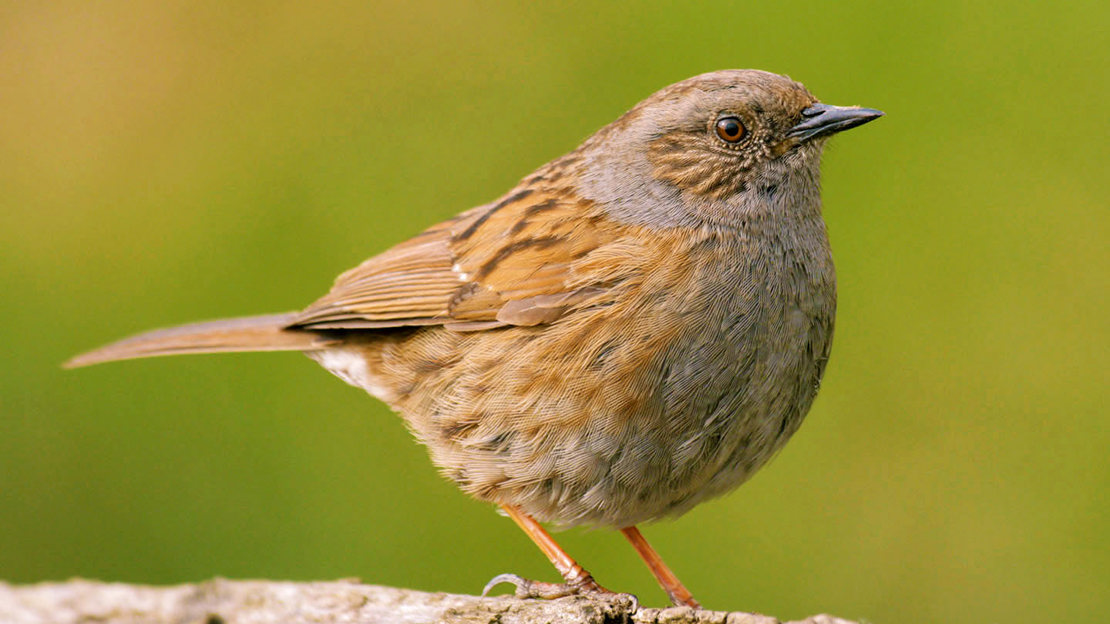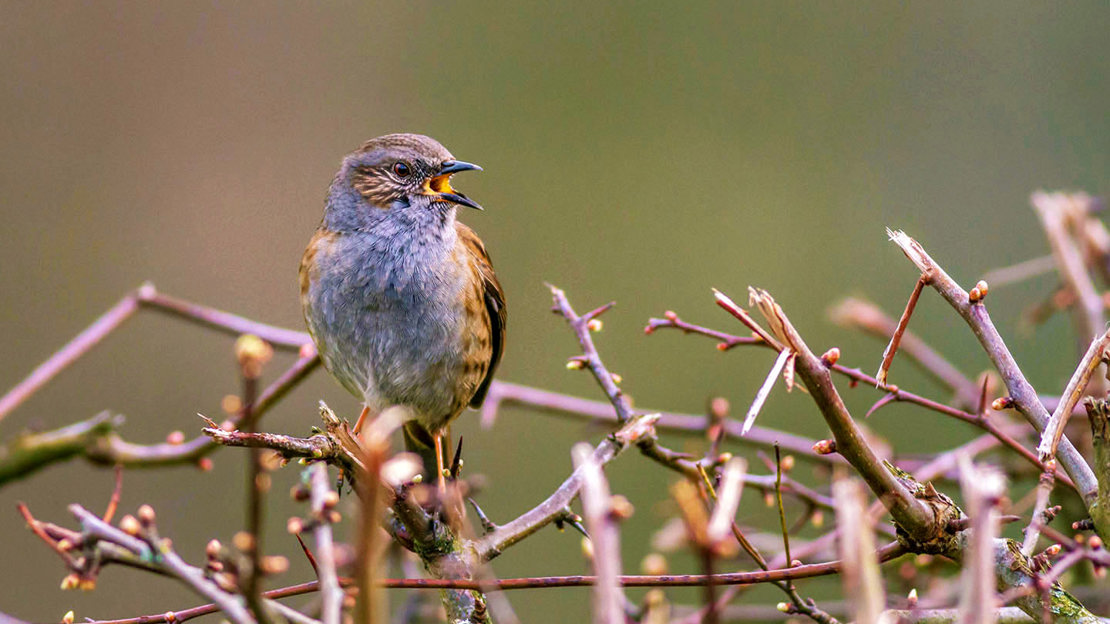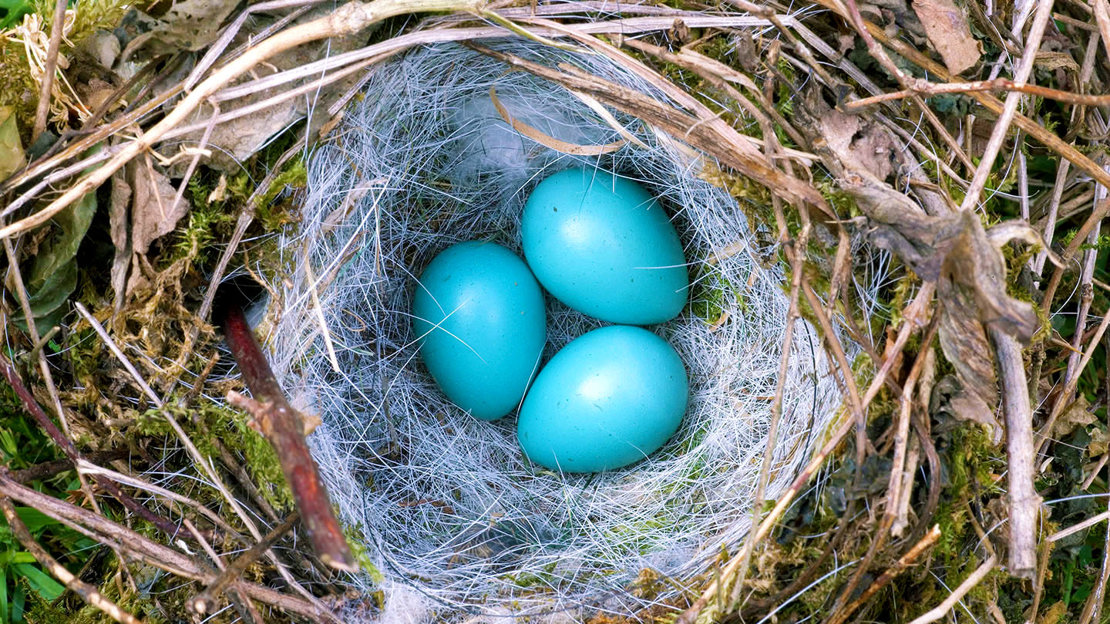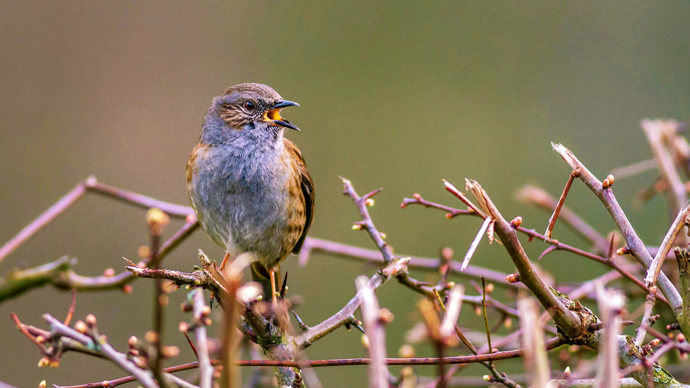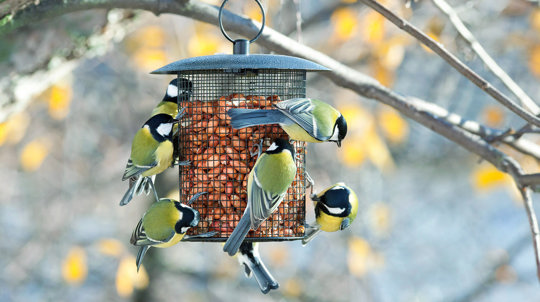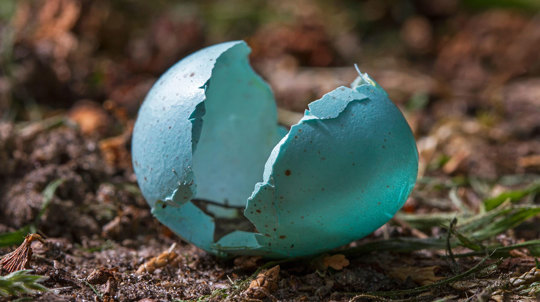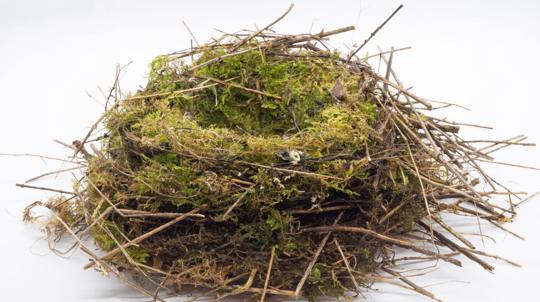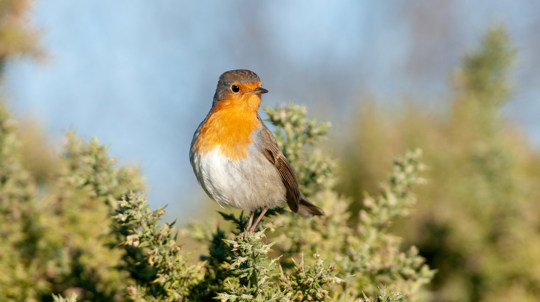Common names: dunnock, hedge sparrow
Scientific name: Prunella modularis
Family: Prunellidae (accentors)
Habitat: woodland, farmland, scrub, parks and gardens
Diet: invertebrates and seeds
Predators: sparrowhawks and cats take adults; a range of predators may take eggs and chicks
Origin: native




